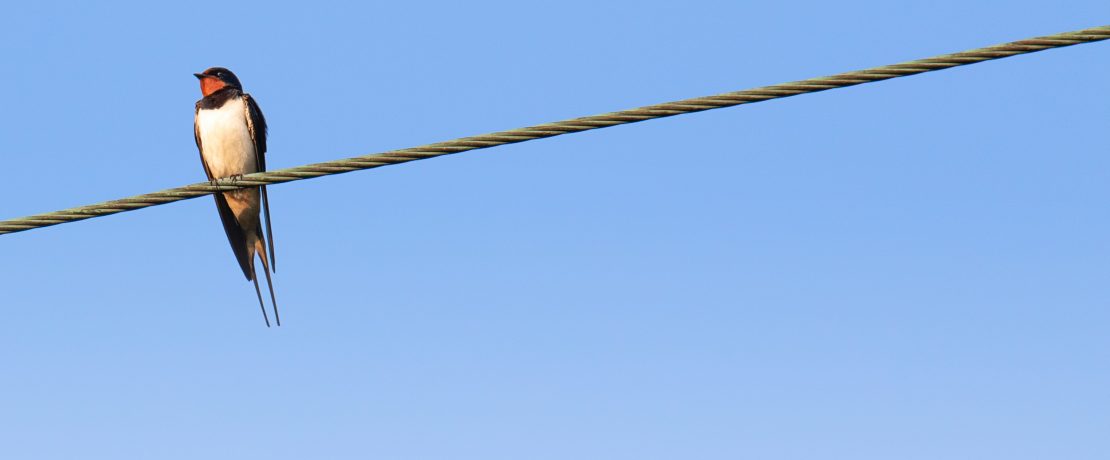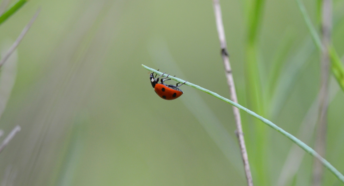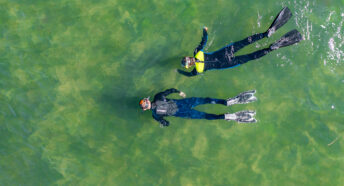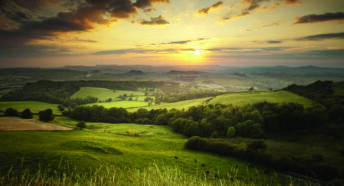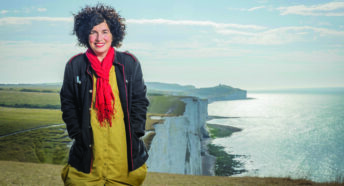Departures: migrating birds to look out for as they leave our shores
Many of the birds that spent the warmer seasons with us are about to set off on incredible journeys. Get your eyes to the skies and look out for our departing summer visitors.
It always feels quieter in our green spaces at the end of summer. People report a lack of birds visiting their garden feeders, and there’s an absence of birdsong in the countryside.
In late summer, young birds are beginning to make their way in the world, learning where’s best to look for food or to stay safe from predators. Meanwhile, their frazzled parents, who may have raised two or even three broods of chicks this year, are taking time to recover.
However, for many of these birds, the time for resting will be short. Around fifty species that nest here, including house martins, wheatears and willow warblers, must head south for the colder months. Most are insect eaters (with some exceptions- – read on…) and need to overwinter in regions where there are plenty of invertebrates to eat.
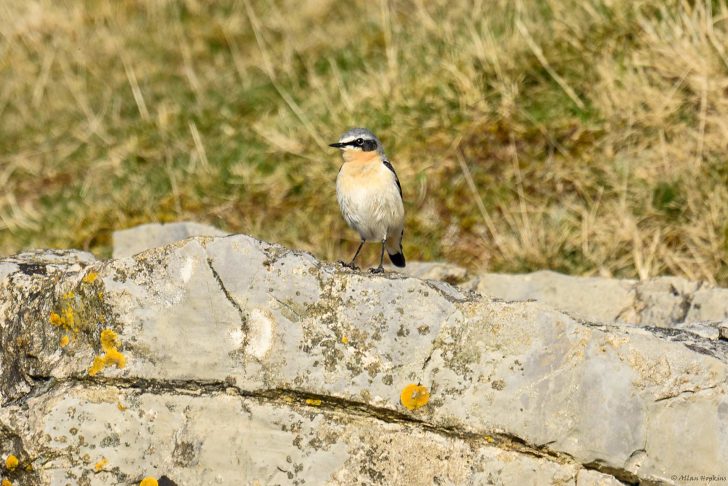
Hormones in their bodies react to the change in day length and as soon as there’s calm weather and clear skies, it’s time to go.
But how do birds find their way? This has been a mystery for years. But recent research suggests that they have a special protein in their eyes that allows them to see the earth’s magnetic fields – which they use for navigation.
Epic journeys
The cuckoos and swifts are among the first to go. Having delegated their parental duties to unwitting hosts like meadow pipits or reed warblers, the adults tend to leave our shores early, flying to Africa in June.
Incredibly, the young will find their own way south alone in July or August, making for West Africa and the Congo rainforest.
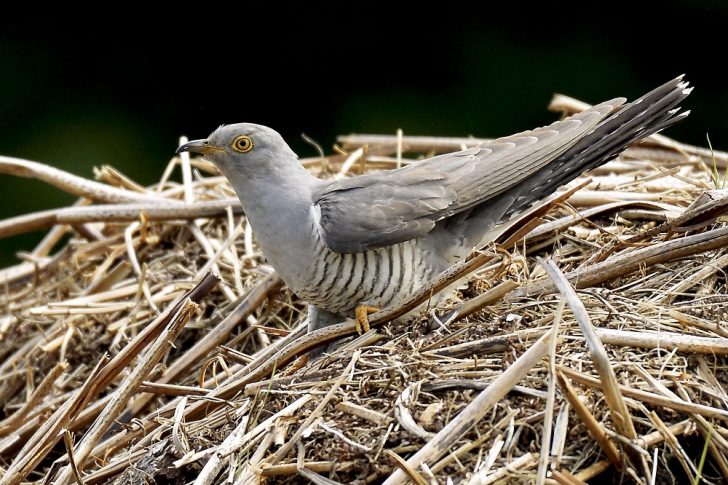
Swifts leave us in August on a 6000-mile journey to sub-Saharan Africa, crossing through the airspace of around 25 countries as they go. A young swift emerging from the nest this year may not land again for another two or three years!
A row of chattering swallows gathered on a wire, ready to begin their epic flight, is a familiar sight in the countryside in September. They were once thought to have spent the winter here buried in mud, but we now know they travel all the way to South Africa.
Their trip there and back each year covers 12,400 miles. When they fly back to the UK they’ll arrive 15 days earlier than they did in the 1960s: this is thought to be in response to our changing climate.
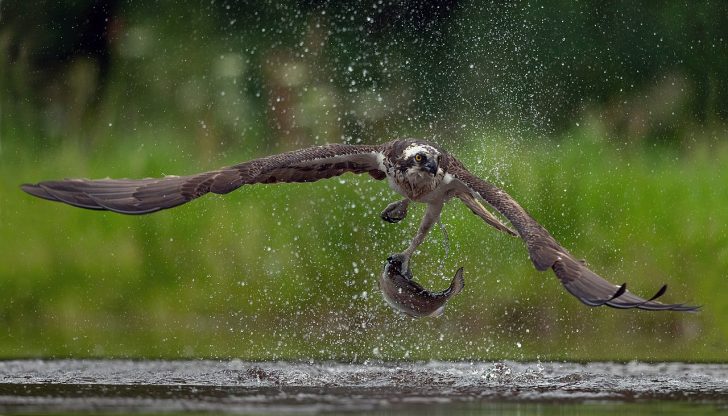
One exception to the insect-eating rule is the osprey, that magnificent black and white bird of prey that feeds on fish. By the end of September the ospreys we see here will be off to the West Africa, spending the winter in places like Senegal.
As a result of a real conservation success story, the population of British ospreys has bounced back. Reintroductions to Rutland Water and more recently Poole Harbour mean that the osprey once again has a foothold in England.
Threatened travellers
The chance to see ospreys back on our shores is a cause for celebration – but many of our other long-distance migrants are in trouble.
In addition to the pressures of making incredible journeys around the planet, they also face threats such as climate change, hunting and deforestation. Numbers of the cuckoos, nightingales, spotted flycatchers, turtle doves and yellow wagtails that nest here, for example, have all dropped dramatically in the last few decades.
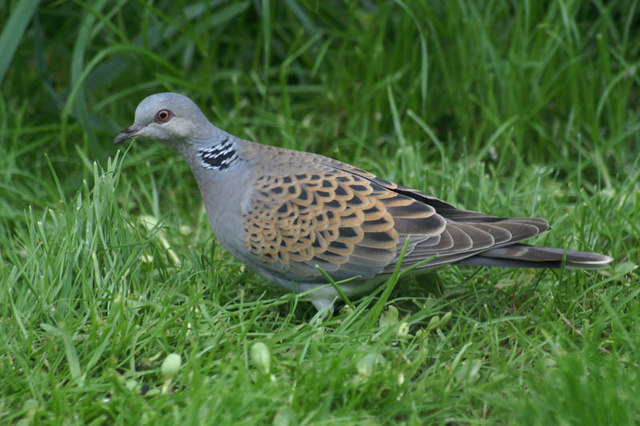
We can play a part in their recovery here by giving these birds and their families the best possible start. That means we must preserve what’s left but also put back what’s been lost. Most farmland species, for example, will need hedgerows in which to raise their chicks.
We also need to recognise the importance of scrub, a collection of woody plants like hawthorn. Scrub might look untidy to many of us, but it’s a haven for nesting and foraging for birds. And of course, there needs to be a plentiful supply of insects and seeds to eat and to feed to their growing broods.
Let’s make sure there’s always a place for these brilliant birds in our countryside.
Have you seen any of these birds? Let us know on Twitter, Facebook or Instagram.
